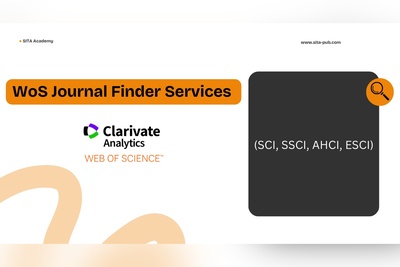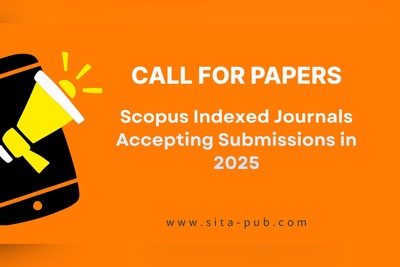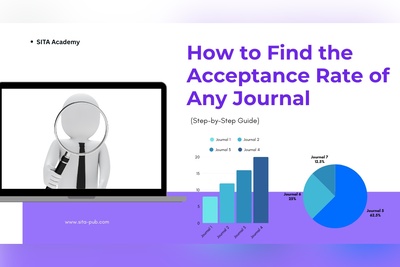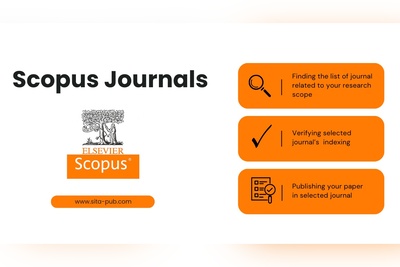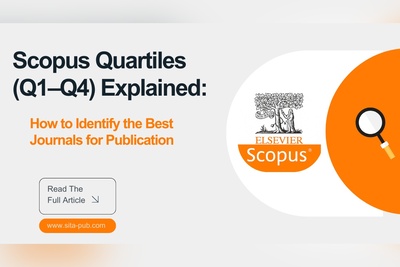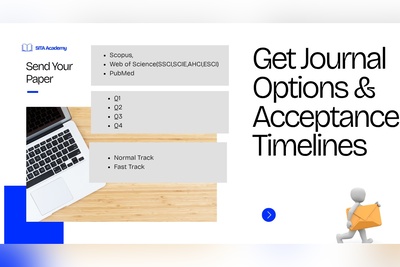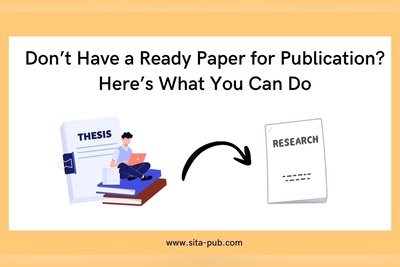SCI vs. SSCI: Which Publication Counts More for Your Promotion?
SCI vs. SSCI: Find out which publication impacts your academic promotion the most. Practical guidance on journal selection, acceptance rates, and career growth strategies.
- What Are SCI and SSCI Journals?
- How to Check SCI and SSCI Indexing
- Publishing in SCI or SSCI Journals for Academic Promotion
- SCI vs. SSCI: Comparing Journals
- How to Find the Best SCI or SSCI Journal for Your Paper
- Practical Tips for Submission and Promotion Success
- How to Get Expert Help Finding the Best SCI/SSCI Journal for Your Paper
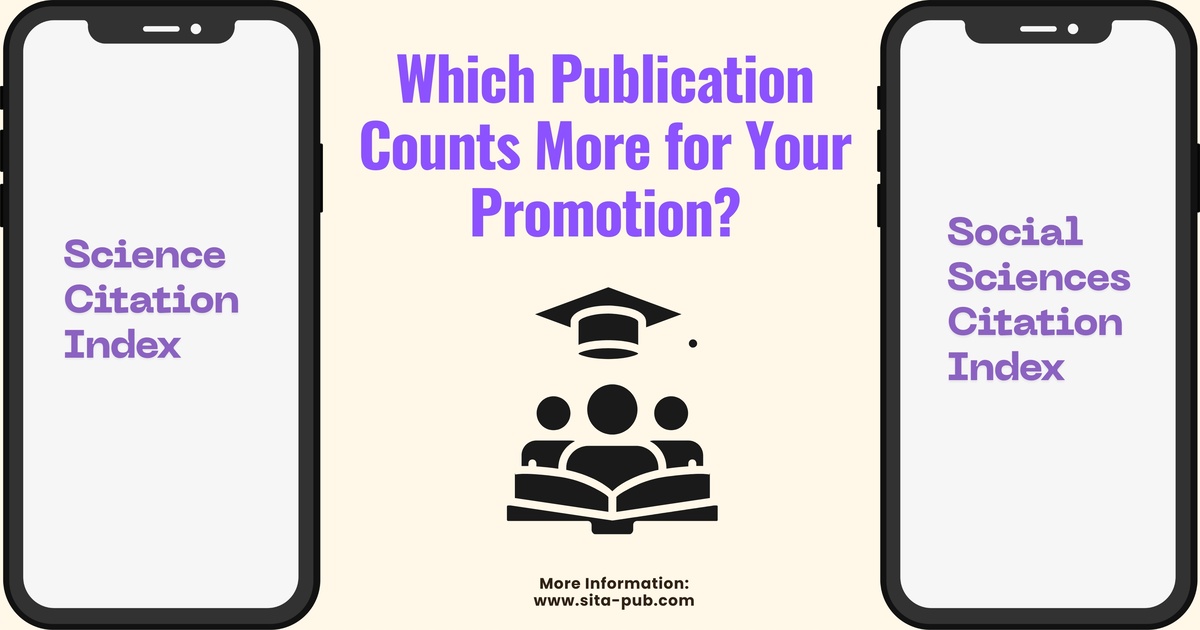
In today’s competitive academic landscape, publishing in the right journals can make or break your career. For researchers and faculty members in countries such as China, Germany, South Korea, Australia, the United States, and the United Kingdom, publications in indexed journals are often a requirement for career advancement, promotion, and securing research funding. But when it comes to choosing the right journals, many academics face a dilemma: SCI or SSCI?
This article explores what these indexes are, their fields of focus, how to check if a journal is indexed, and practical tips for maximizing your promotion potential.
1. What Are SCI and SSCI Journals?
SCI – Science Citation Index
Managed by Clarivate Web of Science, SCI journals cover natural and applied sciences.
Fields include physics, chemistry, biology, engineering, medicine, and computer science.
SCI journals are highly respected for research quality and citation impact, making them a key metric for academic promotion in STEM disciplines.
SSCI – Social Sciences Citation Index
Also managed by Web of Science, SSCI journals cover social sciences and humanities.
Fields include economics, sociology, political science, psychology, education, and communication studies.
Publications in SSCI journals are crucial for faculty members in social sciences, especially in countries where tenure and promotion require evidence of scholarly impact.
Key difference:
SCI journals focus on science and technology, while SSCI journals focus on social sciences and humanities.
2. How to Check SCI and SSCI Indexing
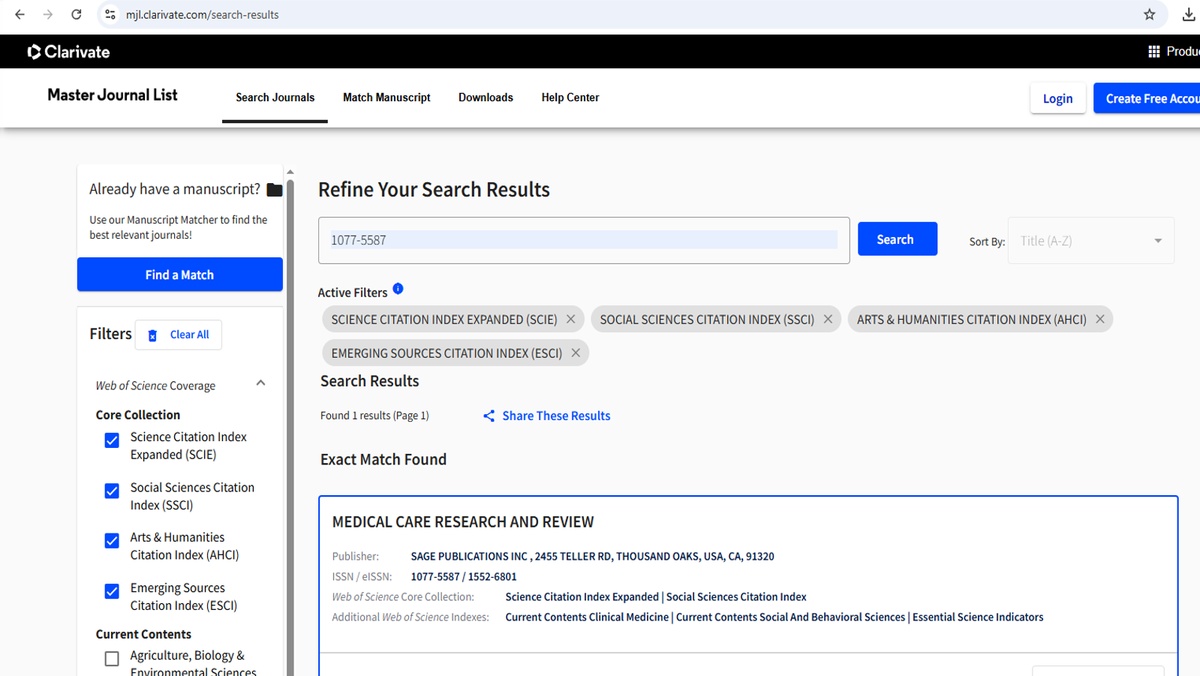
Before submitting, always verify whether a journal is indexed:
For SCI Journals:
Visit the Web of Science Master Journal List: https://mjl.clarivate.com/
Enter the journal title or ISSN.
If it appears under the Science Citation Index Expanded (SCIE) category, it is SCI-indexed.
For SSCI Journals:
Use the same Web of Science Master Journal List.
Enter the journal name or ISSN.
Look for the Social Sciences Citation Index (SSCI) label.
Practical tip: Always double-check with the journal’s website and the Master Journal List to avoid submitting to a non-indexed journal.
3. Publishing in SCI or SSCI Journals for Academic Promotion
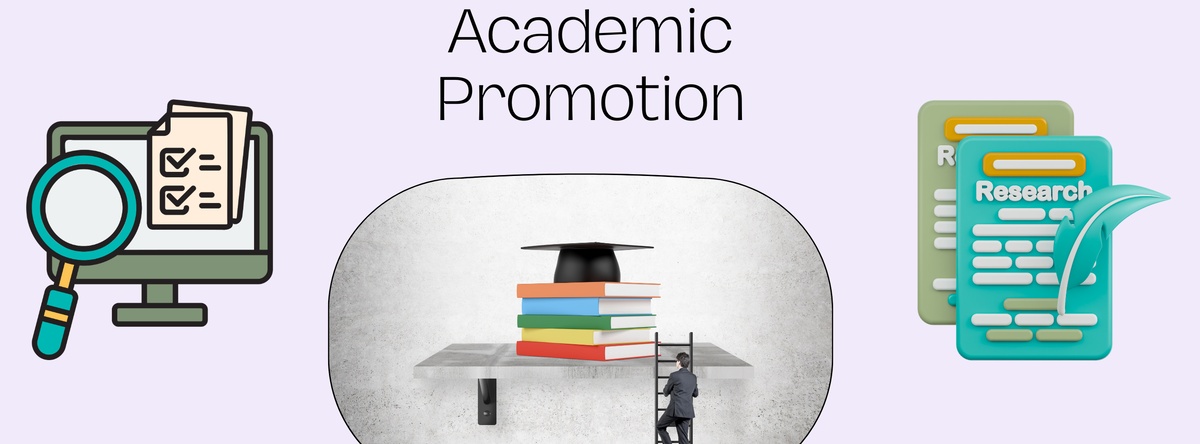
Many universities in middle- and high-income countries use publication metrics for promotion decisions. Here are a few examples:
China: Universities such as Tsinghua University and Peking University require publications in SCI or SSCI journals for promotion to associate or full professor.
Germany: Institutions like LMU Munich and Heidelberg University evaluate faculty based on high-impact journal publications.
South Korea: Universities such as KAIST and Seoul National University weigh SCI and SSCI papers heavily in promotion criteria.
Australia: University of Melbourne and Australian National University consider both SCI and SSCI publications for research performance evaluations.
USA & UK: Many universities use indexed publications to measure tenure eligibility and research excellence.
Why it matters: Publishing in SCI/SSCI journals is not just about visibility—it directly affects career growth, funding eligibility, and international collaboration opportunities.
4. SCI vs. SSCI: Comparing Journals
When deciding where to publish, consider the following factors:
Factor | SCI Journals | SSCI Journals |
Fields | Natural and applied sciences | Social sciences and humanities |
Acceptance rate | Often lower, especially for high-impact journals | Moderate, varies by field |
Publication fees | Many SCI journals have article processing charges (APCs); some are free | Similar, some SSCI journals are free, some require APCs |
Impact on promotion | Higher in STEM fields | Higher in social sciences and humanities |
Citation potential | Typically higher in STEM disciplines | Moderate to high, depending on field |
Difficulty to publish | High, especially for top-tier journals | Moderate, depends on research novelty and field relevance |
Key takeaway:
STEM researchers: SCI journals are crucial for promotion.
Social sciences researchers: SSCI journals are essential.
Career strategy: Consider journal reputation, indexing, and acceptance likelihood rather than just aiming for “any indexed journal.”
5. How to Find the Best SCI or SSCI Journal for Your Paper

Choosing the right journal can maximize your chance of acceptance and promotion impact. Here’s a practical approach:
Analyze your research scope: Identify the field and subfield of your study.
Check recent publications: Look for journals publishing work similar to yours.
Review journal metrics: Consider impact factor, CiteScore, and quartile ranking.
Verify indexing: Always confirm SCI or SSCI status via Web of Science.
Assess acceptance rate and fees: Some journals are more selective or require higher APCs.
Pro tip: Avoid rushing to submit to a journal with a low fit—this reduces rejection risk and saves time.
6. Practical Tips for Submission and Promotion Success
Follow journal guidelines carefully: Formatting, reference style, and scope compliance increase acceptance chances.
Address reviewer comments thoroughly if resubmitting after rejection.
Aim for novelty and clarity: Journals value clear, original contributions.
Leverage professional support: Teams like SITA Academy help researchers match their paper to the most suitable SCI or SSCI journals, format manuscripts, and submit professionally.
7. How to Get Expert Help Finding the Best SCI/SSCI Journal for Your Paper

Finding the right journal can be daunting, but you don’t have to do it alone. Send us your abstract and research scope, and our team will:
Provide a curated list of SCI or SSCI journals suited to your paper
Assist with formatting and submission
Increase your chance of acceptance and promotion
Whether your paper is in STEM or social sciences, our expertise ensures your research reaches the right audience and counts toward your career advancement.
Publishing in SCI or SSCI journals is not just a requirement—it’s a strategic step in your academic career. Understanding the differences, verifying indexing, selecting the right journal, and following best practices for submission can dramatically improve your promotion prospects.
Remember: Choose your journal wisely, focus on quality and fit, and seek professional support when needed. Your next publication could be the one that propels your academic career forward.
Process of Submitting an Order in SITA Academy

Share Your Research Scope |

Receive Journal List |

Select Your Journal |

Formatting & Submission |
